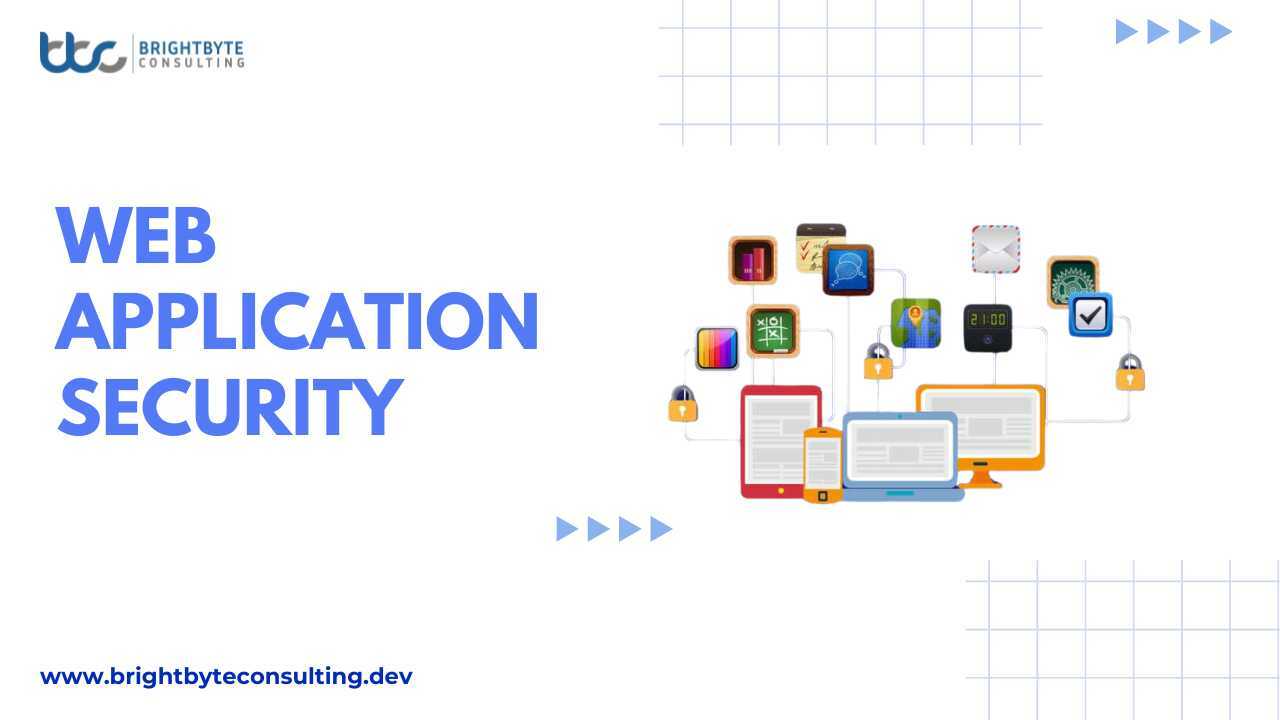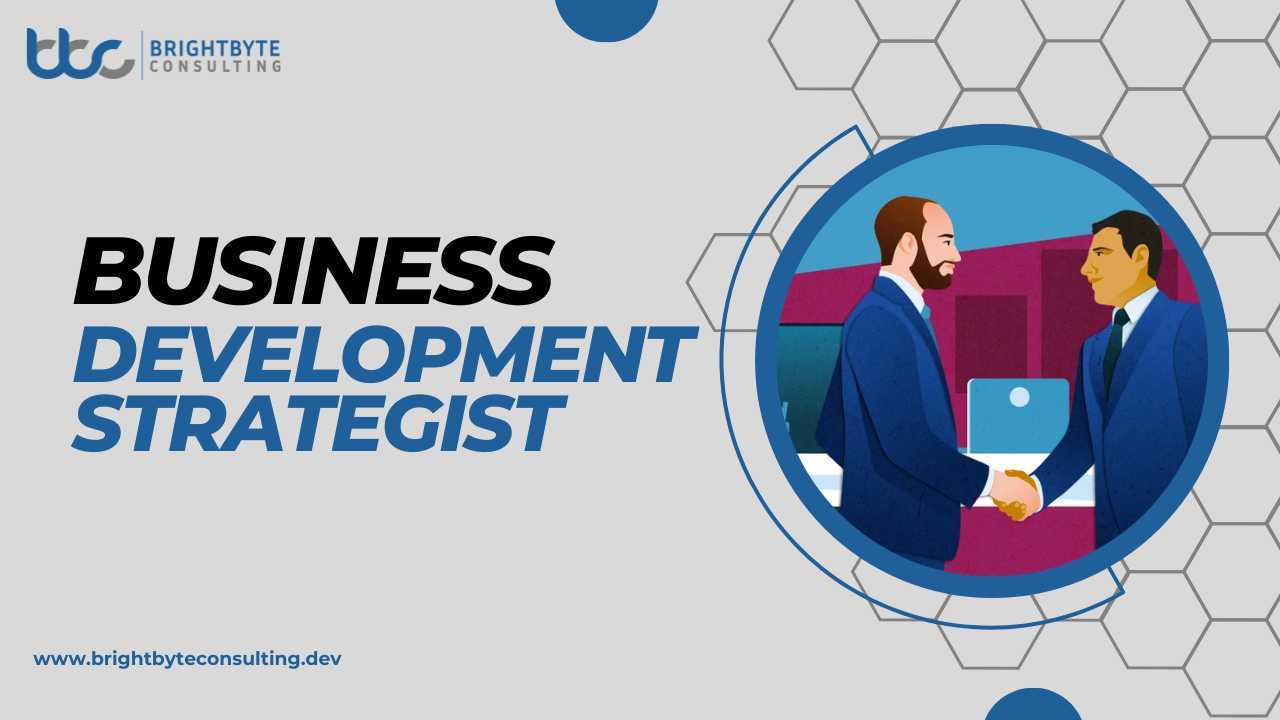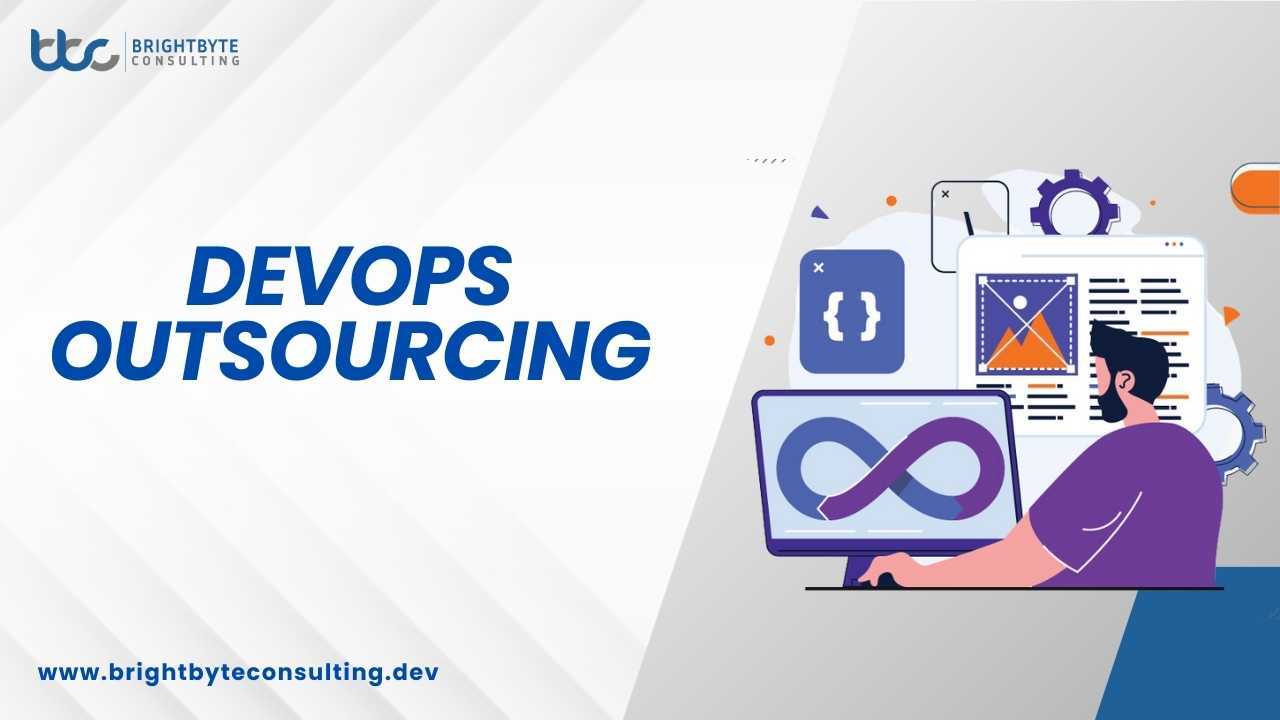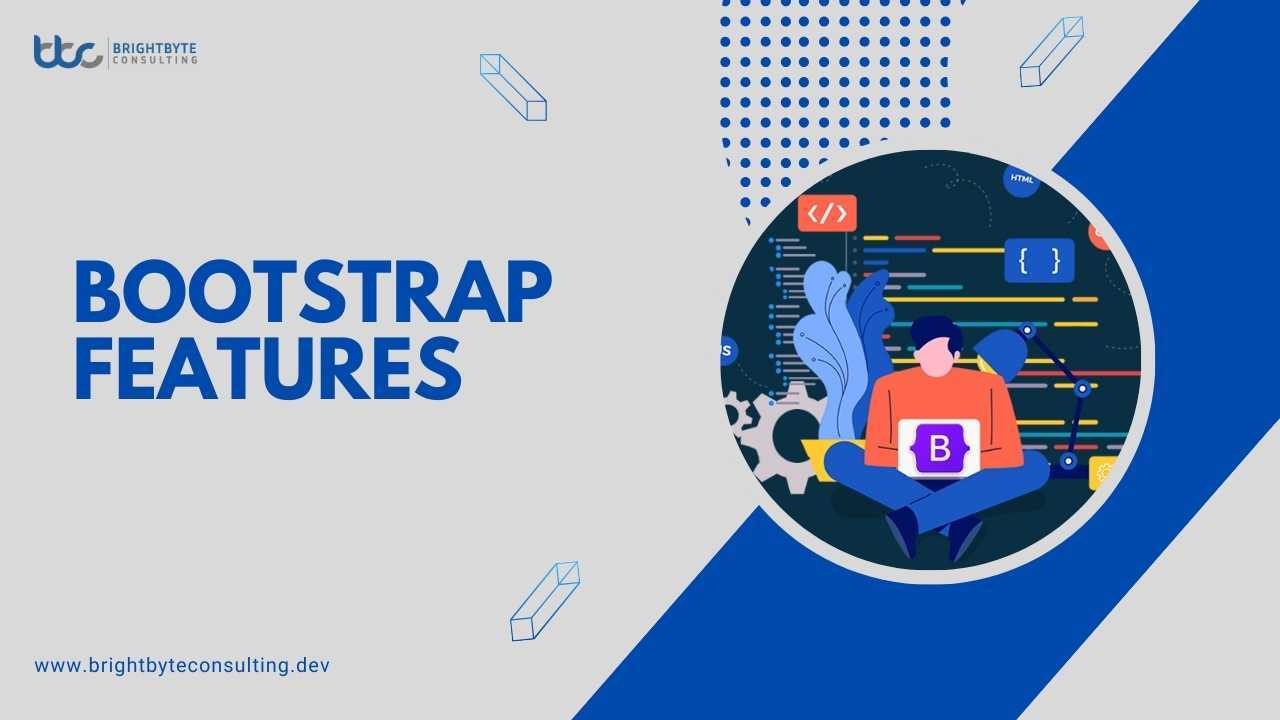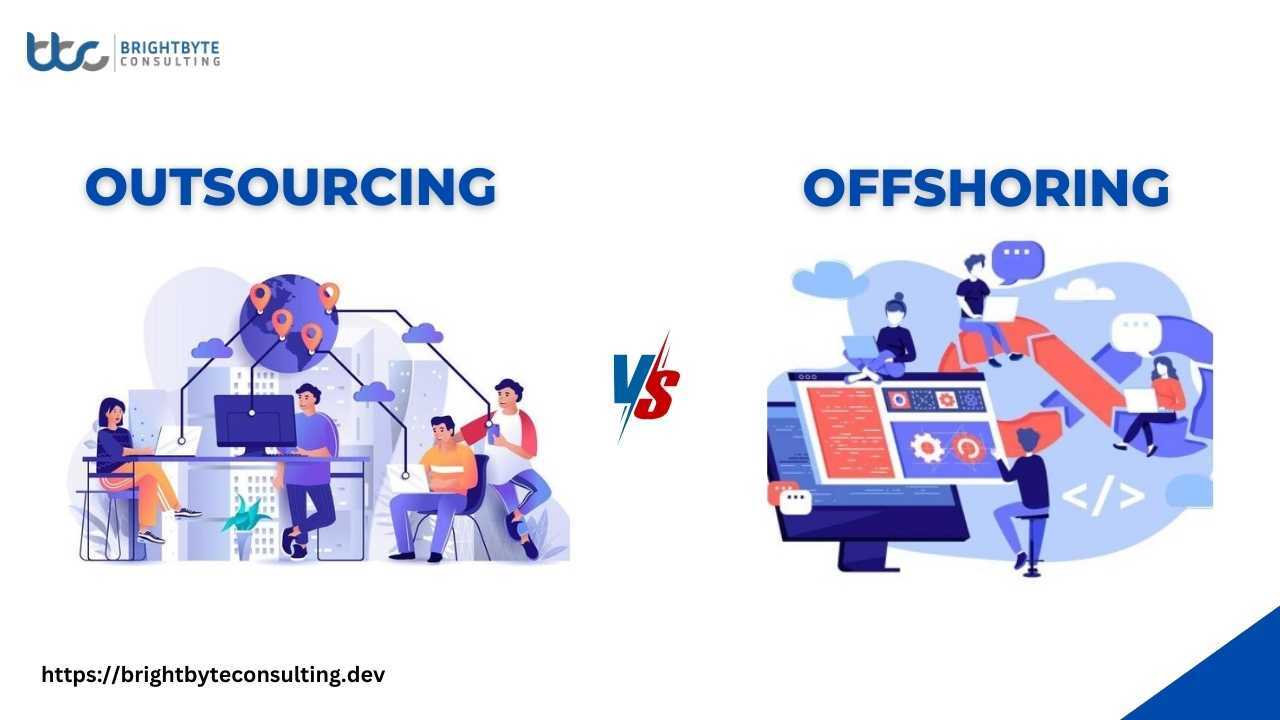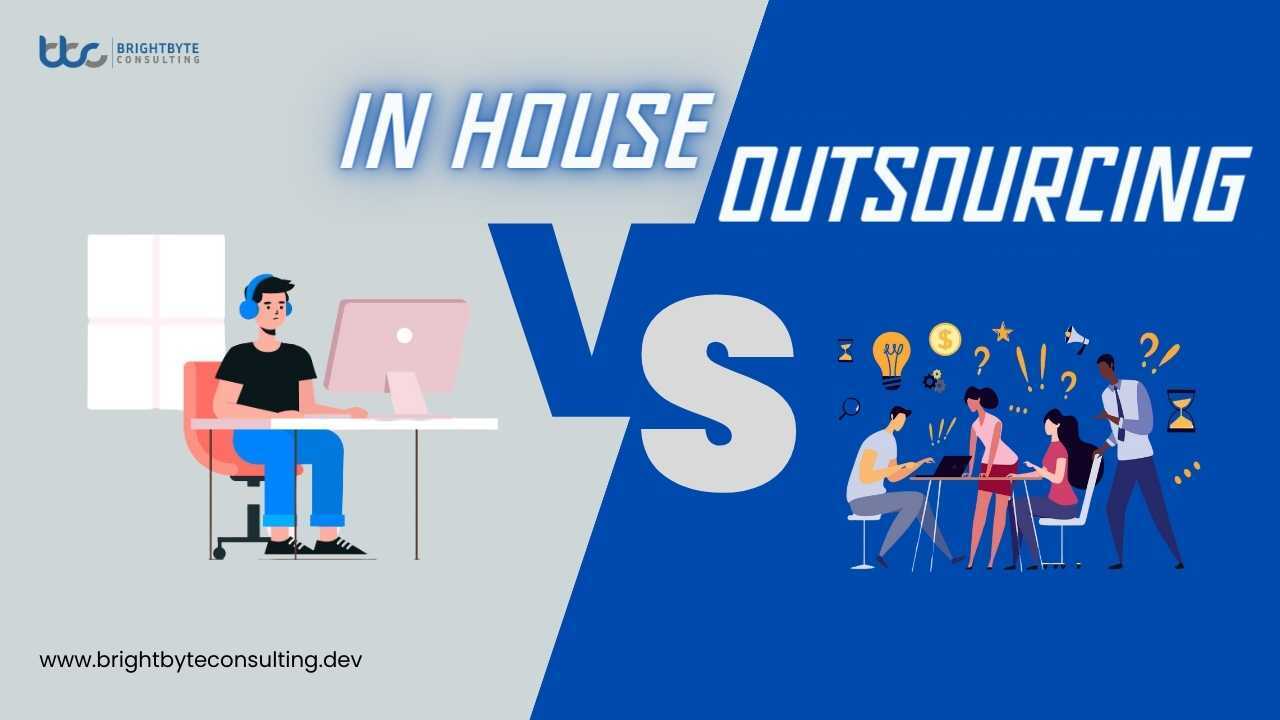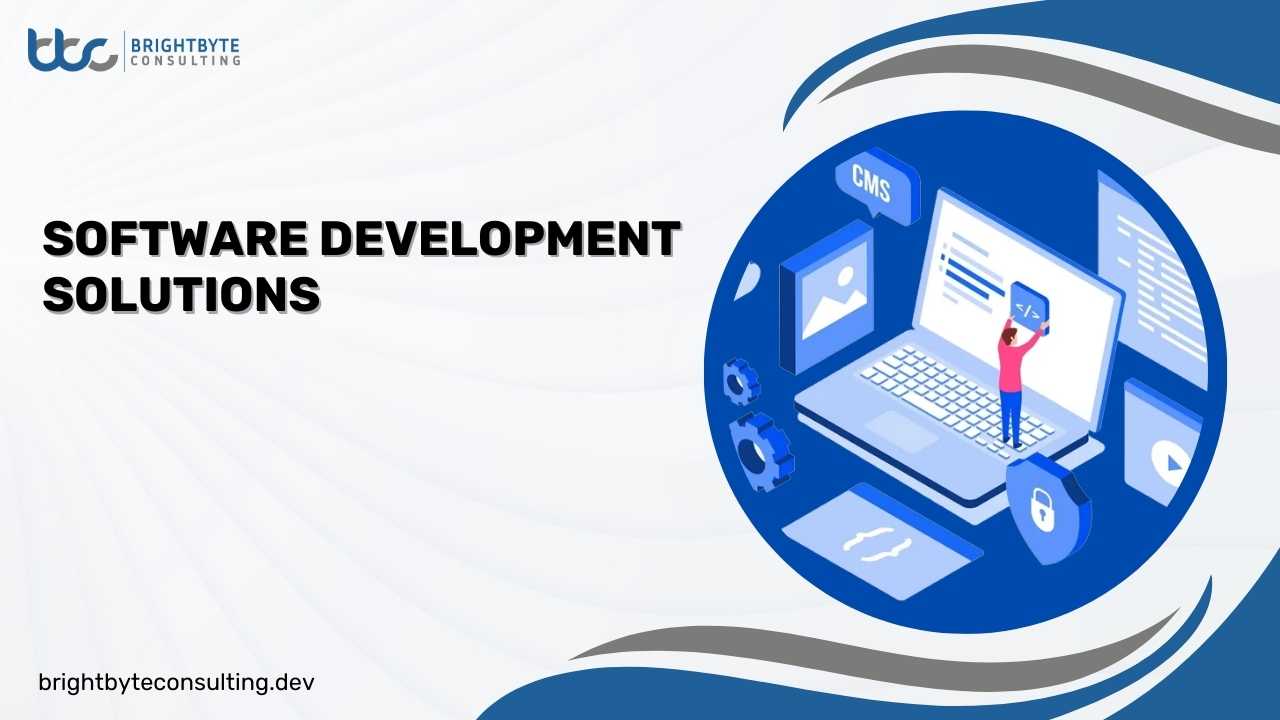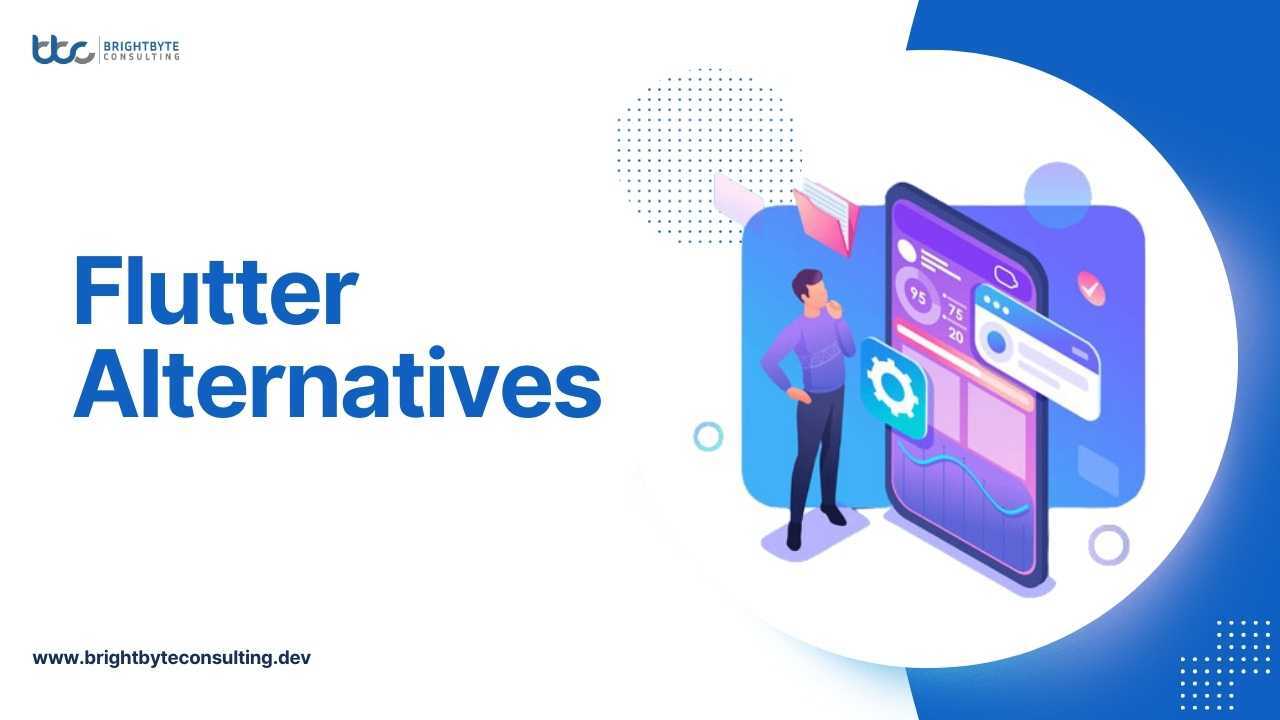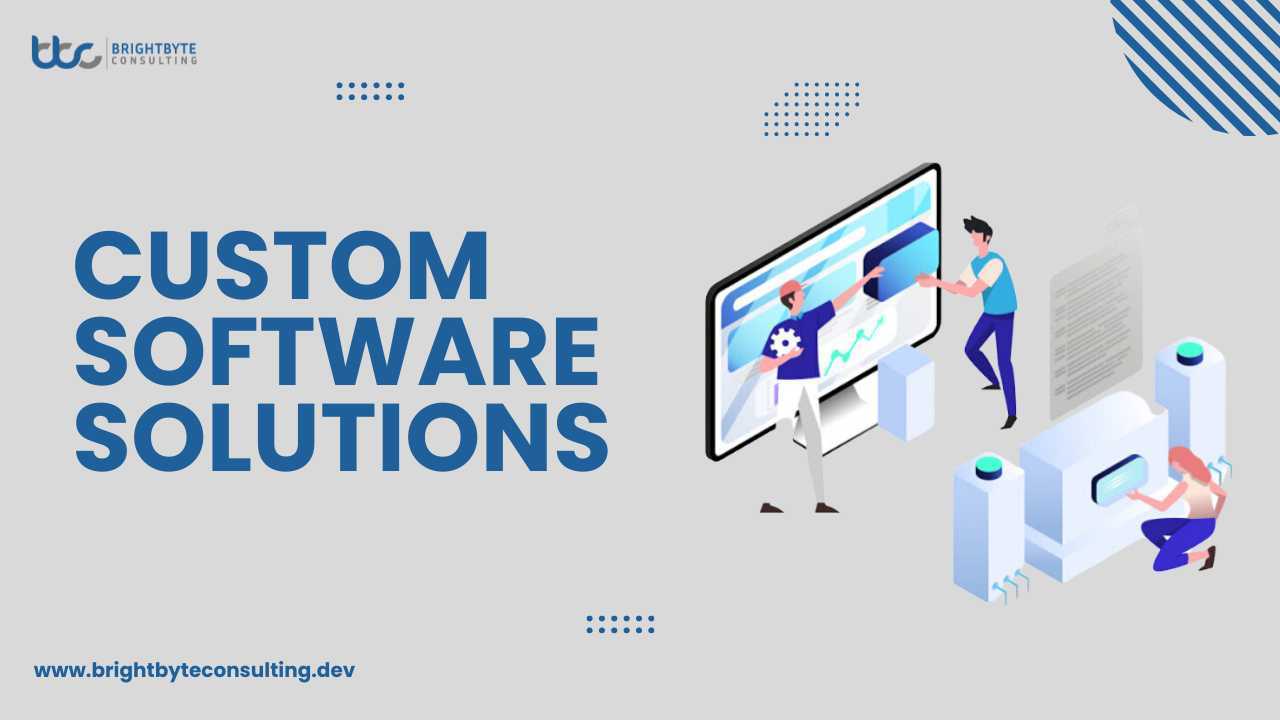An enterprise application is a software solution designed to address the needs and requirements of large organizations, often referred to as enterprises. These applications are complex, scalable, and tailored to support the various processes and functions within a business or across multiple departments. Enterprise applications play a crucial role in streamlining operations, enhancing efficiency, and facilitating collaboration within an organization.
Key characteristics of enterprise applications
Scalability
Enterprise applications are designed with scalability in mind to meet the dynamic needs of large organizations. They can efficiently handle increased workloads, user numbers, and data volumes as the business grows. This scalability ensures that the application remains effective and responsive in the face of expanding demands.
Integration
Integration is a fundamental aspect of enterprise applications. These systems are often integrated with various other software, databases, and external services to enable seamless communication and data exchange. Integration ensures that different departments and functions within the organization can work together efficiently and share information in real-time.
Customization
One of the key strengths of enterprise applications is their ability to be customized. Organizations can tailor the software to align with their specific workflows, business processes, and industry requirements. This flexibility allows enterprises to adapt the application to their unique needs, maximizing its utility and relevance.
Security
Security is a paramount concern for enterprise applications due to the sensitive nature of the data they handle. These applications incorporate robust security features, including encryption, access controls, and authentication mechanisms. Regular security updates and compliance with industry standards are essential to protect against unauthorized access, data breaches, and other security threats.
Comprehensive Functionality
Enterprise applications provide a wide array of functionalities to address various aspects of business operations. For example, ERP systems cover finance, human resources, and supply chain management, while CRM software focuses on customer interactions. This comprehensive functionality enables organizations to centralize their operations and data management, promoting efficiency and cohesion.
Collaboration
Collaboration features are often integrated into enterprise applications to facilitate communication and teamwork within the organization. This can include tools for document sharing, project management, and communication platforms. By promoting collaboration, these applications enhance productivity and foster a more connected work environment.
Examples of Enterprise Applications
Enterprise Resource Planning (ERP) Systems
ERP systems integrate core business processes, including finance, inventory management, human resources, and procurement. They provide a unified platform for data management and decision-making.
Customer Relationship Management (CRM) Software
CRM software is designed to manage customer interactions, track sales, and streamline marketing efforts. It helps organizations build and maintain strong relationships with their customers.
Business Intelligence (BI) Tools
BI tools analyze and visualize data to provide actionable insights. They help organizations make informed decisions by transforming raw data into meaningful information.
Human Resources Management Systems (HRMS)
HRMS streamlines HR processes, from recruitment and employee onboarding to payroll management and performance tracking.
Supply Chain Management (SCM) Software
SCM software optimizes the end-to-end supply chain processes, including procurement, production, distribution, and logistics.
Practices for Enterprise Application Security
1. Implement Strong Authentication
Multi-Factor Authentication (MFA) is vital for bolstering security. Beyond passwords, incorporating biometric data or security tokens adds an extra layer of defense. This ensures that even if one authentication factor is compromised, unauthorized access remains difficult.
2. Regularly Update and Patch Software
Timely updates are crucial in fortifying your application’s security. Regularly patching software, including the operating system and third-party applications, is essential. This process addresses known vulnerabilities, reducing the risk of exploitation by cyber threats.
3. Encrypt Data at Rest and in Transit
Employing robust encryption algorithms safeguards data comprehensively. Encryption should be applied both when data is stored on servers (at rest) and when it’s transmitted between different components (in transit). This ensures that even if intercepted, the data remains secure.
4. Conduct Regular Security Audits
Frequent security audits are proactive measures to identify potential vulnerabilities. These audits delve into the application’s architecture, code, and configurations. Regular assessments enable the timely identification and rectification of security weaknesses.
5. Train and Raise Awareness
Security education for employees is paramount. Beyond basic training, cultivating a security-conscious culture is key. Employees should understand the importance of their role in maintaining security, recognizing potential threats, and adhering to best practices in their day-to-day activities.
6. Limit Access Permissions
Implementing the principle of least privilege minimizes potential damage in the event of a security incident. Users and systems should have the minimum necessary access to perform their functions. This restricts the impact of a breach and helps contain any potential threats.
7. Monitor and Respond to Security Incidents
Robust monitoring systems continuously track activities for unusual patterns. In the event of a security incident, having a well-defined incident response plan is crucial. Swift detection and response help mitigate potential damages and prevent further compromise.
8. Secure Your Supply Chain
Assessing the security measures of third-party vendors and partners is essential. Ensure that external components integrated into your enterprise ecosystem adhere to stringent security standards. This includes evaluating the security practices of software and services providers to maintain a secure supply chain.
9. Regularly Backup Data
Performing regular backups is a fundamental aspect of data security. This practice ensures that critical data can be quickly restored in case of a security incident or data loss. Regular testing of the restoration process guarantees its reliability when needed.
10. Stay Informed About Emerging Threats
Staying informed about the latest cybersecurity threats and trends is an ongoing commitment. Regularly updating your knowledge allows you to adapt security strategies to counter new and evolving challenges. This proactive approach helps anticipate and address emerging threats effectively.
Challenges of Enterpise Application
Certainly, here’s a concise overview of the challenges associated with enterprise applications:
1. Complexity
Enterprise applications are intricate due to their comprehensive functionalities, posing challenges in implementation and maintenance.
2. Integration Issues
Achieving seamless integration with existing systems and external services can be challenging, leading to incompatibility and communication issues.
3. Customization and Flexibility
Striking the right balance between out-of-the-box functionality and customization poses a challenge, impacting maintenance and upgrade efforts.
4. Cost of Implementation and Maintenance
The expenses associated with licensing, infrastructure, training, and ongoing support can be significant.
5. Change Management
Introducing new applications requires changes in workflows, often met with employee resistance, necessitating effective change management.
6. Security Concerns
Safeguarding sensitive data against cyber threats, breaches, and unauthorized access requires robust security measures.
7. User Adoption
Ensuring widespread user adoption can be a challenge, especially if the interface is not user-friendly or if employees resist new technologies.
8. Scalability Issues
Adapting to changes in demand, growth, or increased data volumes may present scalability challenges.
9. Vendor Dependency
Organizations depend on vendors for support, and challenges may arise from changes in vendor strategy, service disruptions, or support delays.
10. Upgrades and Maintenance
Keeping applications up to date with the latest features and security patches requires careful planning to avoid disruptions.
Conclusion
In conclusion, safeguarding enterprise applications is paramount for organizational success. Embracing robust security practices, staying informed about emerging threats, and addressing integration challenges are vital steps. Despite the complexity and challenges, the benefits of enhanced collaboration, efficiency, and data management make enterprise applications indispensable in the modern business landscape.
Frequently Asked Questions
What is an enterprise application?
Enterprise applications are software solutions tailored for large organizations, addressing diverse needs and processes.
Why is scalability crucial for enterprise applications?
Scalability ensures applications can handle increased workloads, user numbers, and data volumes as businesses grow.
How do security audits benefit enterprise applications?
Security audits proactively identify vulnerabilities, enabling timely rectification and strengthening overall security.
Why is user adoption a challenge for enterprise applications?
User adoption challenges arise from resistance to change, often influenced by the interface’s user-friendliness.
What is the significance of staying informed about emerging threats?
Staying informed allows organizations to adapt security strategies and counter new and evolving cybersecurity challenges effectively.


